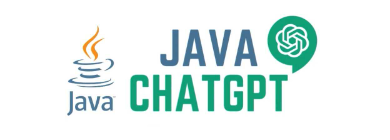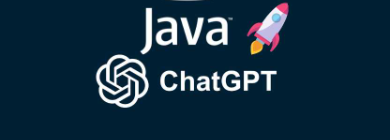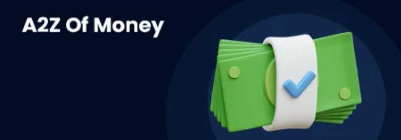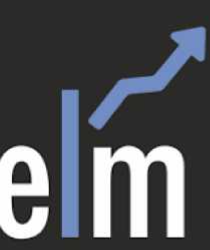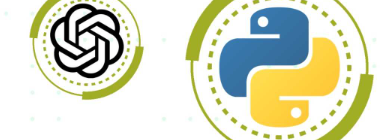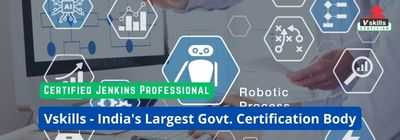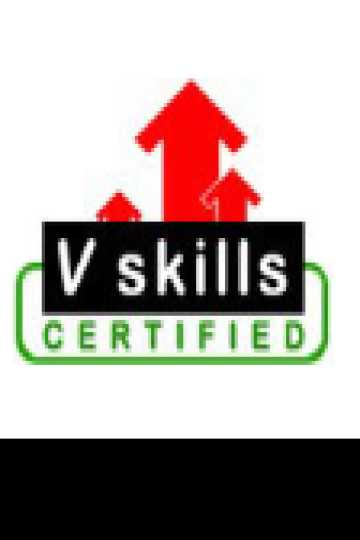Time to act for lower TDS deduction: Form 15E, Form 13 for FY 2024-25 will stop after March 15, 2025; file it now
Good news for individual taxpayers including salaried as the Income Tax Department has released Form 13 which is used for applying for lower or nil rate of TDS deduction for FY 2025-26. This form can help salaried individuals to prevent excess TDS deductions and ensure that they don't need to go through the process of claiming a tax refund later. Also Form 15E has also been enabled for filing by Indian residents who want to make payments to non-residents at a lower TDS rate.According to an alert flash on the TRACES portal of the tax department, the functionality to file both these forms (Form 13 and 15E) have been enabled for the upcoming FY 2025-26. However, for the current FY 2024-25 these forms will be made available till March 15, 2025. This means if you want to apply for a lower TDS deduction certificate by filing Form 13 or 15E for FY 2024-25 then hurry up as only two weeks are left.
Read below to know how exactly you should file Form 13 or Form 15E so that everything is proper and the chance of its acceptance is higher.
How to file Form 13 to apply for lower or nil rate of TDS deduction?
Form 13 can only be filed if your income falls under a certain specified section. If your total tax liability for the year is lower than the TDS being deducted by your payer, you can apply for this form to avoid excess TDS deductions.“Once you file Form 13, the Income Tax Department will issue a certificate specifying the applicable rate of TDS. This certificate can then be submitted to your payer, ensuring that only the correct amount of tax is deducted, saving you from having to claim a refund later. The Form 13 application process for the FY 2025-26 will be available starting February 28, 2024,” says Chartered Accountant Abhishek Soni, co-founder, Tax2Win.
Here are the eligible incomes for Form 13:
Section Eligibility to File Form 13
| Section | Eligibility to File Form 13 |
| 192 | Salary Income |
| 193 | Interest on Securities |
| 194 | Dividends |
| 194A | Interest (excluding interest on securities) |
| 194C | Contractor's Income |
| 194D | Insurance Commission |
| 194G | Commission, Prize, or Remuneration on Lotteries |
| 194H | Commission or Brokerage |
| 194I | Rent |
| 194J | Fee for Technical or Professional Services |
| 194LA | Compensation for Acquiring Immovable Property |
| 194LBB | Income from Units of Investment Funds |
| 194LBC | Income from Securitization Trusts |
| 195 | Non-resident’s income |
Chartered Accountant Ashish Karundia says, “Previously, lower TDS forms were not available in advance for the financial year, causing cash flow issues for the taxpayers’. However, with the early release of these forms, the government’s proactive approach supports better planning for the taxpayers.”
Important things to know about Form 13 (lower TDS deduction)
ET Wealth Online have asked various experts about some important things to know about Form 13, here’s what they said:Once Form 13 is filed, tax officer will ask for additional information and then either lower the TDS rate, set to zero or keep unchanged
Successful filing of Form 13 is no guarantee for definite acceptance of lower TDS deduction request.Chartered Accountant Ashish Karundia says: “Form 13 is filed by the recipient of income. It can be filed by any taxpayer, including non-resident individuals (NRIs), to request a reduced TDS (Tax Deducted at Source) rate. After the form is submitted online through the TRACES portal, the TDS officer reviews the request for a lower deduction. If the officer believes additional information or documents are needed, the taxpayer will be asked to provide them. The officer will then assess the TDS rate, which could be lowered, set to zero, or remain unchanged based on the review.”
Lower or nil TDS certificate will mention the maximum income amount allowed for lower or nil rate
Once your submitted Form 13 is accepted and you get the lower or nil rate TDS deduction certificate, it will mention the maximum permissible amount of income eligible for such lower or nil deduction.“The lower TDS certificate will mention the maximum amount of income permissible for lower deduction of tax. Say if a taxpayer wrote in Form 13 that he/she will get Rs 5 lakh income in a year but has got Rs 6 lakh then on Rs 5 lakh income the lower TDS rate will be applicable and on the balance Rs 1 lakh the usual TDS rate will be applicable,” says Karundia.
File a writ petition before High Court if AO rejects the lower or nil TDS deduction claim
“Form 13 helps to prevent excess tax deductions and ensures you don't need to go through the process of claiming a refund later. In Form 13 the taxpayer needs to give details of the TDS deductor’s TAN and expected amount of income. Once submitted, the TDS officer will ask for more information and proof. If the officer accepts the submission then he/she will issue a lower TDS deduction certificate and it will mention the time period and maximum amount of income eligible for such lower deduction. In case the officer is not satisfied and denies a lower TDS certificate then the taxpayer can file a writ petition before the High Court," says Mihir Tanna, associate director, S.K Patodia LLP.What is Form 15E and who can file it?
On the TRACES portal both Form 13 and Form 15E have been enabled for FY 2025-26. The fundamental difference between Form 13 and 15E is, Form 15E is filed by the payer and Form 13 is filed by the recipient. Form 15E helps the payer determine the amount of income subject to TDS when making a payment to a non-resident. Soni says the taxpayer needs to file this form to ensure that tax is deducted only on the portion of the payment that is chargeable to tax, thus avoiding the deduction of tax on the non-taxable portion.
Some examples where Form 15E is required to be filed:
Soni says individuals can file Form 15E when making payments to non-residents under Section 195 to request a lower or nil TDS deduction. Common cases include:
- Purchase of Property from an NRI – When buying property from an NRI, TDS (20%-30%) applies on capital gains. Form 15E ensures TDS is deducted only on the taxable portion.
- Fees for Online Courses or Training (including training material)– Payments to foreign universities or learning platforms may attract TDS. Filing Form 15E clarifies tax applicability.
This story originally appeared on: India Times - Author:Faqs of Insurances

